2019 Hyundai Veloster Turbo Vs Subaru BRZ: Can You Have Both Practicality and Fun?

A front-drive hatchback versus a rear-drive sports car? We’re not crazy.
On the surface, these two cars might not appear to have anything in common, but if you’re anything like me — driving enthusiast who definitely doesn’t make a ton of money and doesn’t have kids but occasionally needs rear seats – you might have considered cross-shopping them.
Get a Quote on a New Hyundai Veloster N or Subaru BRZIn a constant battle between fun and practicality, driving enthusiasts can’t always have both at this end of the price spectrum, but the Hyundai Veloster Turbo and Subaru BRZ are two options that have a bit of both. On the fun versus practicality slider, both cars have some distance between them but surprisingly aren’t situated on the poles, occupying a sweet spot just outside the middle zone.
Driving Dynamics
If driving purity is your one and only concern, the answer to this comparison is obvious. The focus and engagement offered by the rear-drive, six-speed manual Subaru BRZ is unrivaled at this price point. The sports coupe is balanced, communicative, makes you work by winding out the engine, and the responsiveness of all the controls is the stuff that makes us all feel like heroes on the road.
ALSO SEE: 2018 Subaru BRZ tS vs Ford Mustang Convertible EcoBoost
Contrary to what you’ve heard, the BRZ does not need more power. It’s light and makes good use of the 2.0L naturally aspirated boxer’s 205 hp and 156 lb-ft of torque (a bit more than a BRZ with an automatic transmission, which gets 200 hp and 151 lb-ft). There’s still a torque drop you’ll notice in the mid-range if you’re trying to pass someone, but it’s not a dealbreaker for me. Even so, there are aftermarket solutions that could help alleviate that issue if you think it’s worth it and don’t care about possibly voiding your warranty.
But if you enjoy driving, the new Hyundai Veloster Turbo doesn’t disappoint. No, it won’t be as focused or as sharp as the BRZ, but if you’re willing to sacrifice a bit of that engagement and driving dynamics and get some increased practicality in return, the Veloster Turbo or R-Spec is pretty solid. With a 1.6L turbo four-cylinder sending 201 hp and 195 lb-ft of torque to the front wheels, the Veloster Turbo drives dramatically better than the one it replaces and is far less sloppy than it used to be. You can really feel the extra torque the Veloster Turbo offers over the BRZ and the Hyundai doesn’t need to be wound out like the Subaru, so the power feels more easily accessible. The weight difference the two feels noticeable, however, which affects how agile the cars feel. The Veloster Turbo weighs in at about 2,900 lbs (1,315 kg), while the BRZ is about 2,790 lbs (1,265 kg).
Velosters get a new suspension along with torque vectoring in the front axles, but other goodies in the Turbo model include sport-tuned steering tuning. Turbo R-Spec models also come with a sport shifter, and it’s manual only. The Veloster Turbo or Turbo Ultimate is available with a seven-speed dual clutch automatic. When compared to the BRZ, the manual transmission in the Veloster definitely feels feather light, but it still quite forgiving, though not as engaging or satisfying to use as the BRZ’s.
ALSO SEE: 2019 Hyundai Veloster N Review
Because of its driving dynamics, the BRZ has more personality and is more playful. The Veloster isn’t going to make you forget that it’s front-wheel drive, but that doesn’t mean it’s not fun.
In terms of fuel economy, the Veloster Turbo is rated at 28 mpg in the city, 34 highway and 30 combined (8.3 L/100 km combined). The BRZ is rated at 21 city, 29 highway and 25 combined (9.7 L/100 km combined), so if fuel economy is a big priority for you, the Veloster Turbo gets you more mpgs.
Practicality
One thing that makes the Veloster slightly more practical is the trunk. Being a hatchback, the Veloster is inherently more practical with a wider trunk opening and 19.9 cubic-feet (565 L) of space in the back and 44.5 cu-ft (1,260 L) with the seats down.
The BRZ has just 6.9 cu-ft (195 L) in the trunk but the rear seats can also be folded down to carry larger or longer items as well.
If you’re buying for a real back seat and if you need to fit adults back there for longer trips, neither of these cars will work well for you because the rear seats are very small and they’re both classified as 2+2s. Although the Veloster makes getting in and out a bit easier because of an extra door, people going back there can count on hitting their heads and looking generally ungraceful getting in and out.
Features and Tech
The BRZ has aged a bit and it shows in the features and technology department. The interior is also quite basic, but it all goes back to the BRZ’s ethos of no-frills fun. The infotainment system still feels aftermarket and 10 years old and there are pretty much no driver assistance features we’re used to seeing now at this price point. The materials are far from luxurious. It’s worth noting, however, that the BRZ’s simplicity and lack of tech means that it consistently ranks as one of the most reliable and problem-free cars out there.
The Veloster, on the other hand, feels more expensive than it is with a fit and finish, a long list of tech, and materials that makes it more modern than the Subaru. Standard features include forward collision avoidance warning, lane keep assist, driver attention warning, and Apple CarPlay and Android Auto are standard while pedestrian detection, blind spot monitoring, rear cross traffic alert, a head-up display, leather seats, LED exterior lighting, high beam assist, wireless charging, and adaptive cruise control are available.
The BRZ pretty much comes with none of this, though it does have Apple CarPlay and Android Auto available.
ALSO SEE: 2019 Hyundai Veloster Review
Pricing
The Veloster Turbo R-Spec starts at $22,285, the regular Turbo is $24,795 and the Turbo Ultimate goes for $26,035 in the U.S. including the destination fees. The BRZ starts at $26,680 including destination fees for the Premium base model and $29,580 for the Limited model.
In Canada, the Veloster Turbo starts at $27,604 including destination fees, while the BRZ starts at $29,645 including destination.
The Verdict: 2019 Hyundai Veloster Turbo vs Subaru BRZ
In the end, the car you prefer will come down to what your priorities are. If you prioritize driving dynamics over everything else, the BRZ is an excellent choice. Reliable and undeniably fun at any speed, it’s a special car that gives me warm and fuzzies. And it’s not even that hard to live with as a daily driver.
I personally lean more towards the Veloster because I think it offers better value for the money. With more features and more practicality, it’s a car that doesn’t have a singular focus and ends up being more things to more people.

Jodi has been obsessed with cars since she was little and has been an automotive journalist for the past 12 years. She has a Bachelor of Journalism from Ryerson University in Toronto, is a member of the Automobile Journalists Association of Canada (AJAC), and a jury member for the prestigious North American Car/Truck/Utility Vehicle of the Year (NACTOY). Besides hosting videos, and writing news, reviews and features, Jodi is the Editor-in-Chief of AutoGuide.com and takes care of the site's day-to-day operations.
More by Jodi Lai



























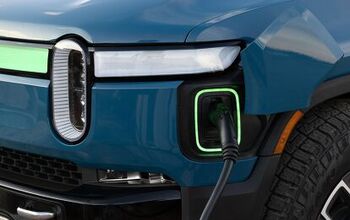
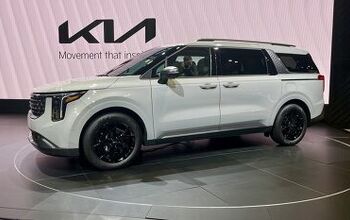
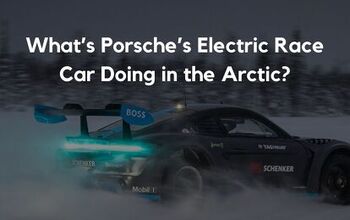

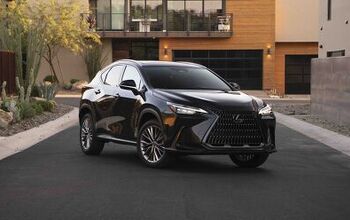
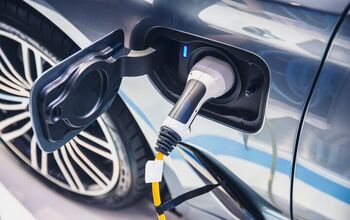
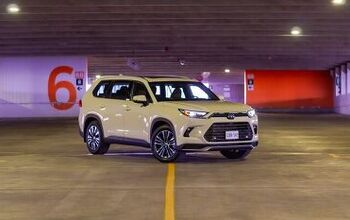
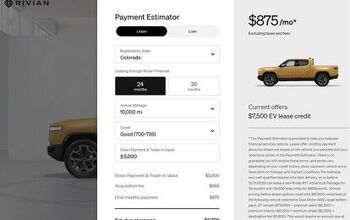

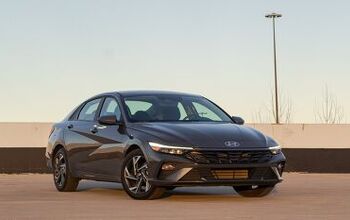
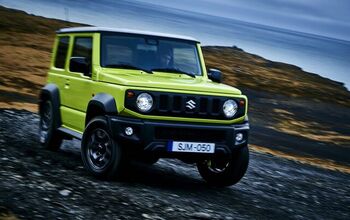
Comments
Join the conversation